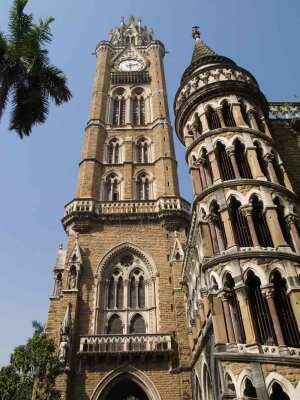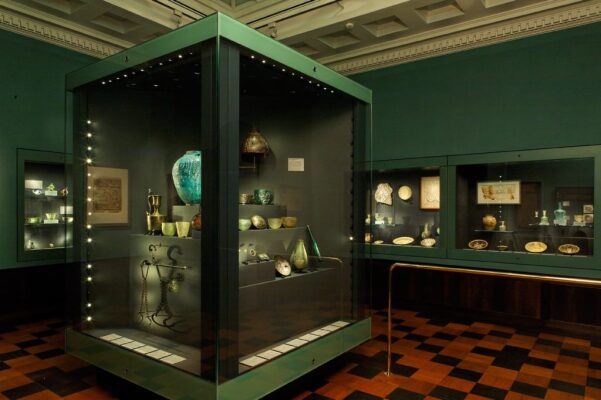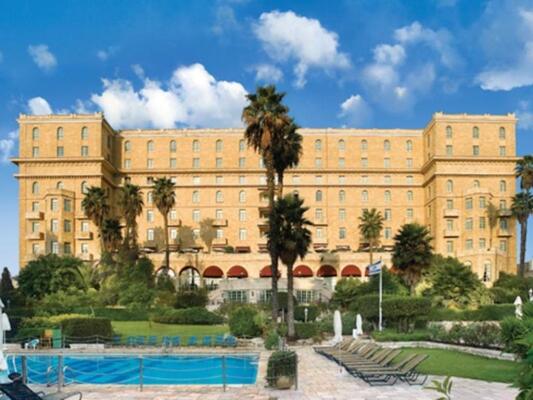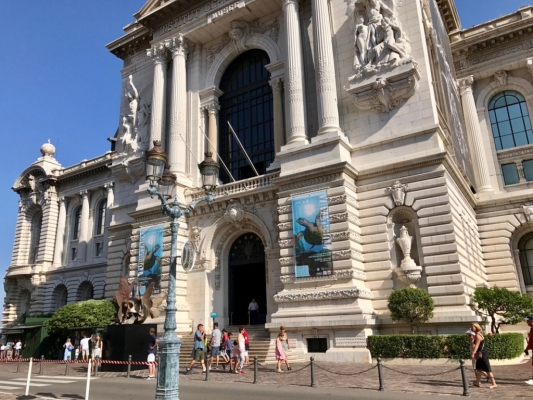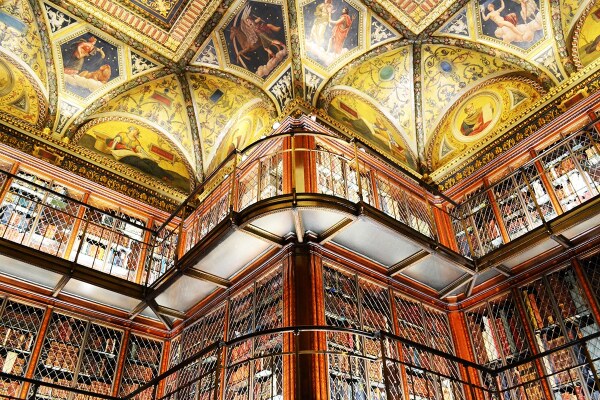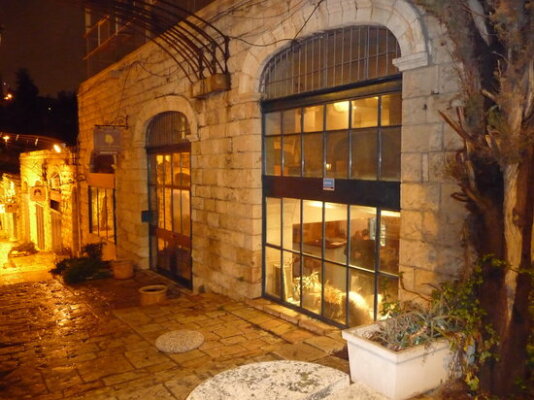Tower of David Museum
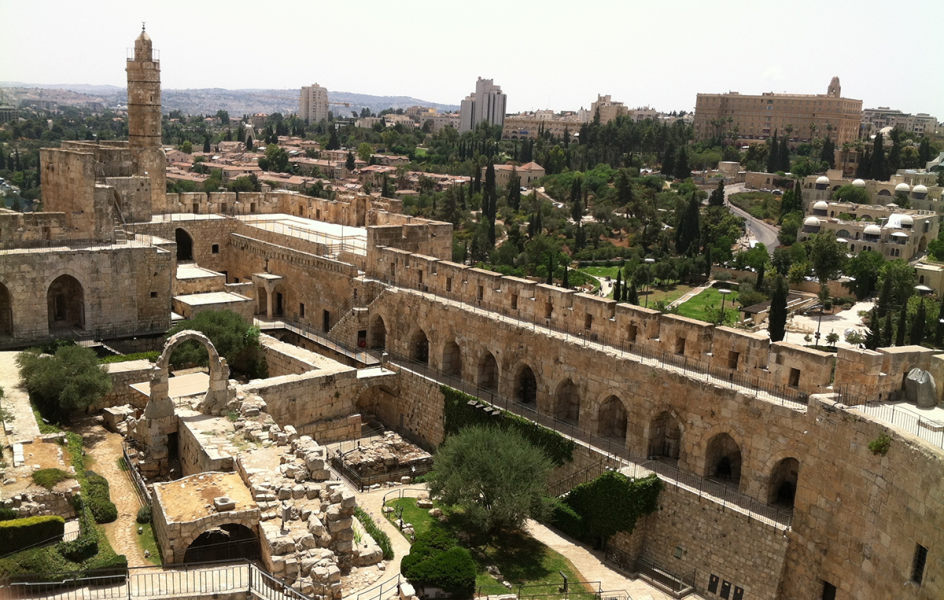
The Tower of David Museum is located in Jerusalem, Israel, and is housed in the ancient Citadel of Jerusalem, also known as the Tower of David. The museum showcases the rich history of Jerusalem through a series of exhibits and displays that highlight the city's diverse cultural and religious heritage.
Visitors to the museum can explore archaeological findings from various time periods, ranging from the Canaanite era to the Ottoman period, as well as multimedia presentations that bring the history of Jerusalem to life. The museum also offers panoramic views of the city from the top of the tower, providing visitors with a unique perspective on Jerusalem's past and present.
In addition to its historical exhibits, the Tower of David Museum also hosts cultural events, concerts, and art exhibitions, making it a vibrant hub for both locals and tourists alike. Through its immersive and interactive displays, the museum offers visitors a deeper understanding of Jerusalem's complex and fascinating history.
Vampire Movie Filming Locations
The Tower of David Museum in Jerusalem, Israel, has been used as a filming location for various movies and TV shows over the years. One such film that was shot at the museum is the vampire movie "Blade: Trinity," starring Wesley Snipes.
In the film, the Tower of David Museum served as the backdrop for several scenes that required a dark and eerie setting. The ancient stone walls and towers of the museum provided the perfect atmosphere for the vampire-themed movie.
The Tower of David Museum, also known as the Jerusalem Citadel, is a historic site located near the Jaffa Gate in the Old City of Jerusalem. The museum showcases the history of Jerusalem through various exhibits and archaeological artifacts.
The use of the Tower of David Museum as a filming location for "Blade: Trinity" helped to showcase the unique architecture and history of Jerusalem to a global audience. The museum continues to attract visitors from around the world who are interested in exploring its rich history and cultural significance.


